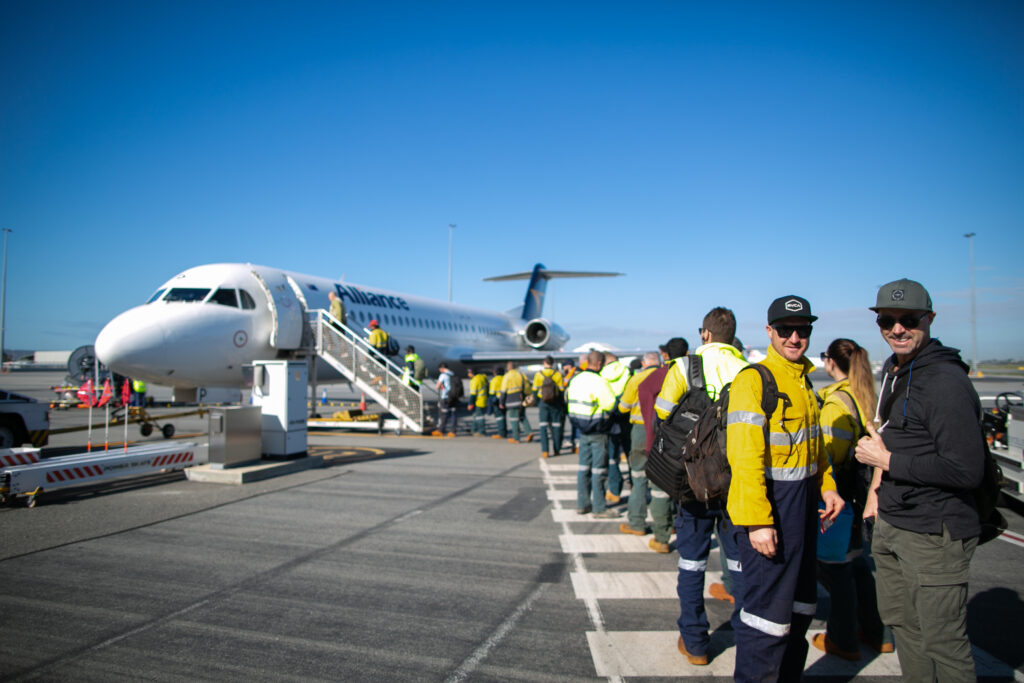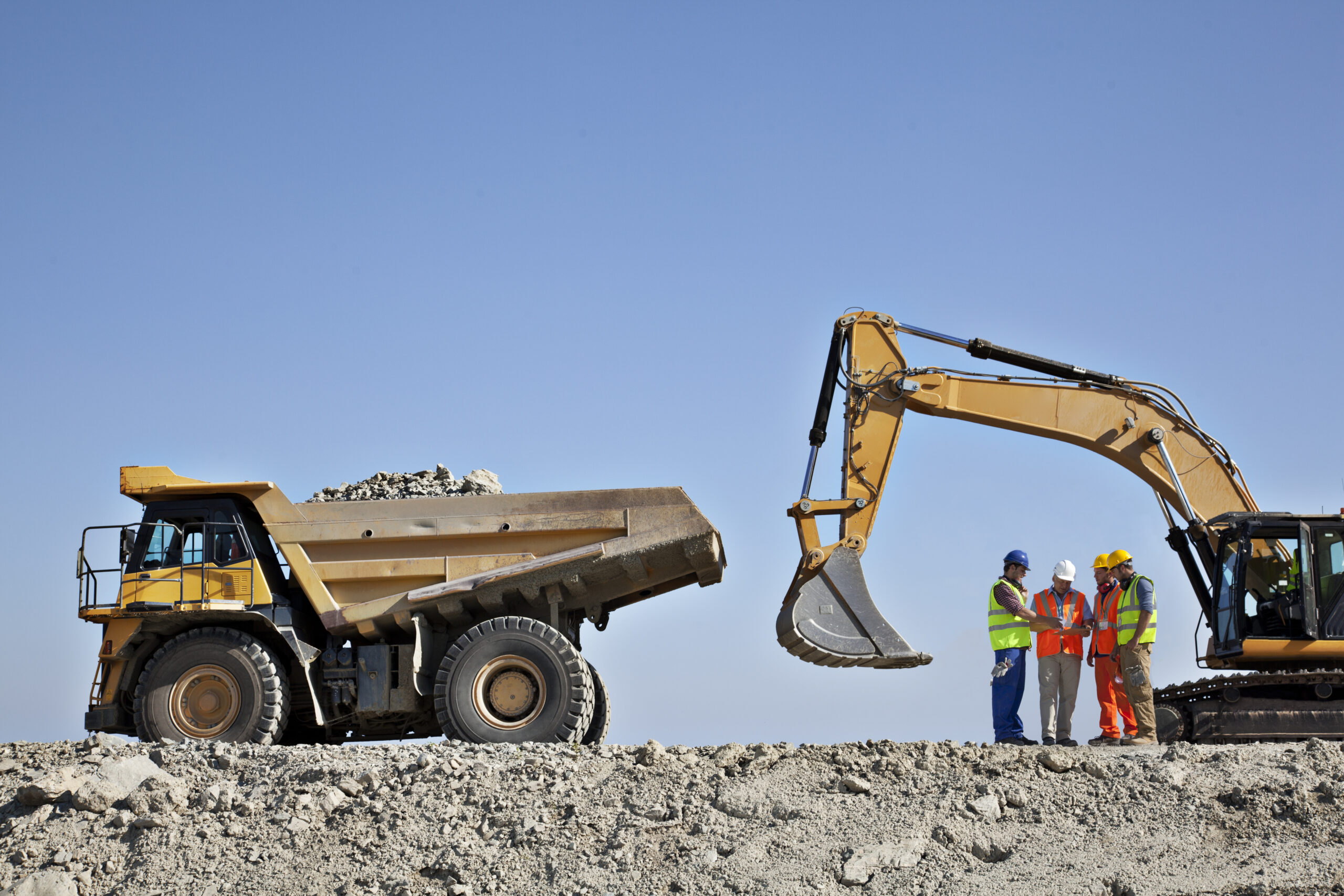Mining projects globally are facing project delays complicated by skilled labour shortages, supply chain challenges and rising costs, yet Australia’s resources sector is still powering along with nearly $30 billion in project spending slated for 2023.
It’s a spend that puts Australia second in the world for investment and third for the number of new construction starts this year — with as many as 425 new projects due to launch, according to the mining and metals research house Industrial Info Resources.
But while the construction phase represents a culmination of financial planning, feasibility studies and project logistics, managing workforces is often left as an afterthought.
“The construction phase sees mining companies double or triple workforces overnight — it can be a complete transformation from a small team to a much more complex orchestration with multiple moving parts,” says INX Software’s Head of Sales and Account Management Rebecca Robson, who oversees the high-end INX SAM Suite of workforce logistics software used by major Australian mining companies.
“It can be quite surprising how many companies try to manage all the elements of a mobile, remote and fluid workforce using a spreadsheet or Excel.”
For companies mobilising big workforces for the first time, there can be a sharp learning curve as the focus widens to incorporate hundreds of humans heading in different directions.
Site management is the key challenge, with operators needing to identify who is heading to site, when needs to be there, manage all travel and accommodation bookings, align these with changing rosters, and ensure facilities are ready for workers on arrival.
“You might have a hundred or even a thousand rooms depending on the size of the construction workforce, and each needs to be cleaned, checked and prepared between shifts,” Ms Robson says.
“You can’t just hope for the best — swing changeovers need to run smoothly and site managers need to know what needs to be ready, for whom and by when.”
With multiple contractors often involved in the construction phase, being able to identify and track different workforces is also important.
“You might need to track not only the worker but record their employer and assign costs to a different contractor or internal project,” Ms Robson says.
“Without having the visibility of your workforce, and software that has been designed to provide a single source of truth, you can spend a lot of time trying to cross-reference in a spreadsheet or working back through emails and forms.
“That kind of approach is no longer fit for purpose.”
While the construction lead and site operator will see the most obvious benefits of improved workforce logistics, streamlining the process helps workers as well.
In a tough labour market, the comfort and cleanliness of sites can be a dealbreaker and mining forums are filled with reviews and complaints about different site accommodation.
Not only can mix-ups or unmade rooms frustrate workers but if inbound workers don’t have adequate accommodation it can exacerbate construction or operational delays.
Workers also like to be able to communicate any issues they identify and know they will be actioned, as well as keep on track of their own schedule.
Ms Robson says one of the advances of INX Software’s SAM Suite is the Kiosk App, which gives travelling workers access to their rosters, travel bookings and other information, and which can also be shared with family to keep everyone on the same page.
Requests made through the app can also be triaged, automated and approved, reducing the back and forth between worker and manager.
“We have some of the most successful Tier One mining operations in the world running their workforce logistics on our systems, and that experience has informed every element of our software,” Ms Robson says.
“For mining companies about to manage a large remote workforce for the first time, it is worth ditching the spreadsheet and looking at what fit-for-purpose workforce logistics software can offer.”














